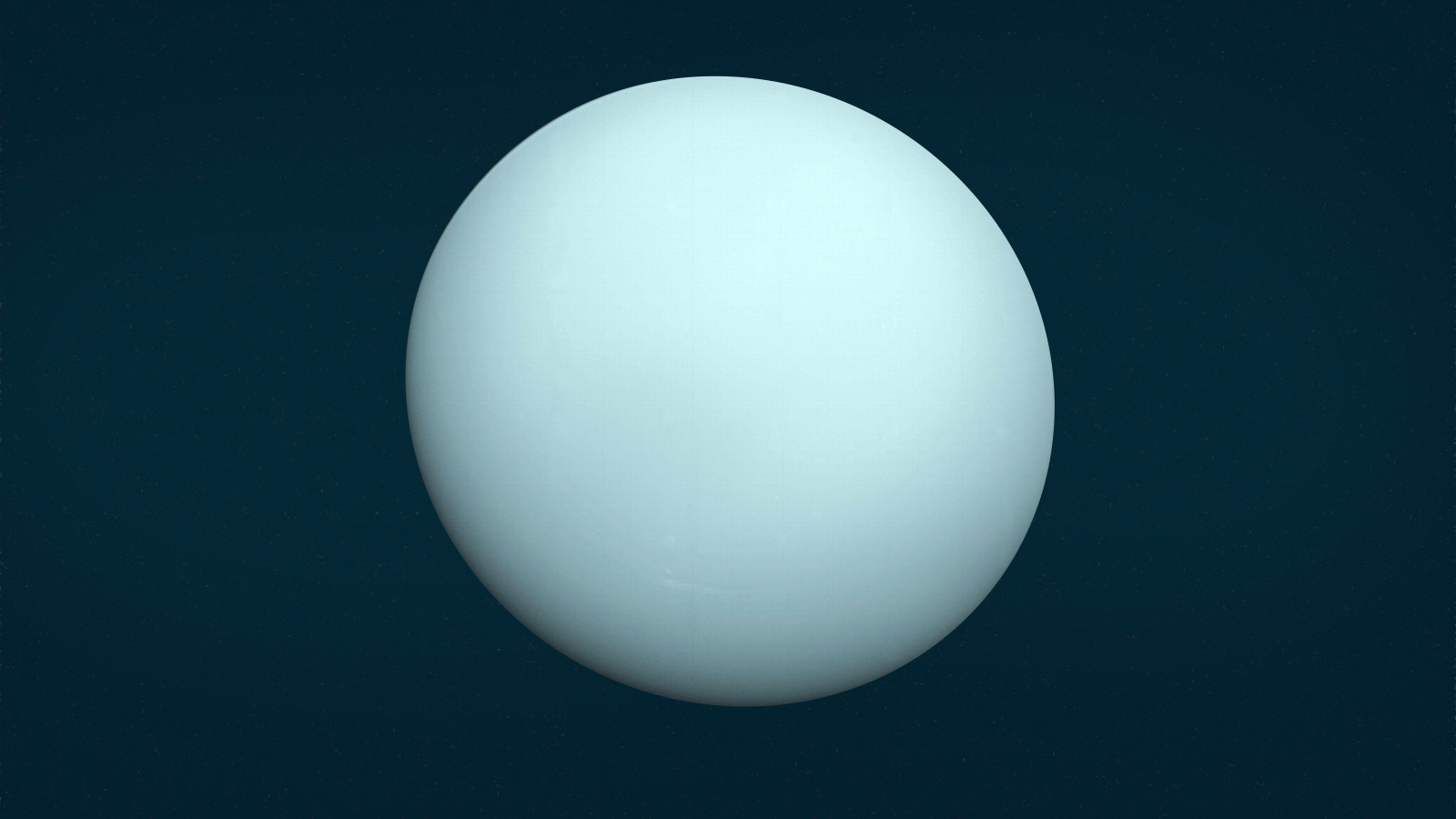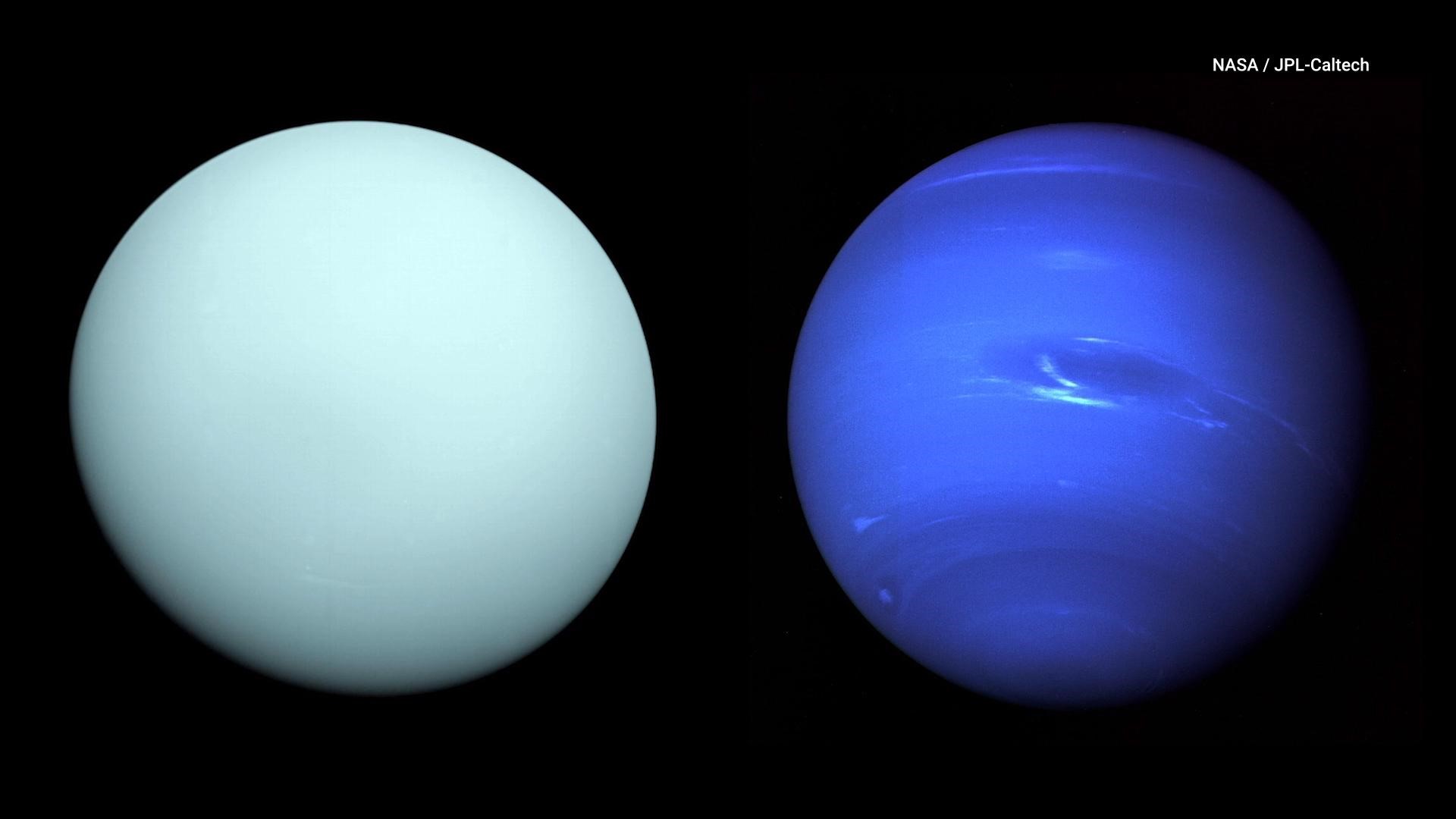Which planet of our solar system was the first to be discovered by telescope uranus

Uranus: The First Planet Discovered by Telescope

Introduction
The discovery of Uranus, the seventh planet from the Sun, marks an important milestone in the study of our solar system. But did you know that Uranus was the first planet to be discovered using a telescope? In this article, we will delve into the fascinating story behind the discovery of Uranus and how it revolutionized our understanding of the cosmos.
The Discovery
The year was 1781, and the world was on the brink of a scientific revolution. English astronomer Sir William Herschel, a passionate astronomer and proficient telescope maker, was scanning the skies with his homemade 6-inch reflecting telescope when he stumbled upon something peculiar. He had encountered an object he initially mistook for a comet, but its unusual orbit soon caught his attention.

Herschel quickly realized that this object was no ordinary comet—it was a planet, unknown to the scientific community until then. He meticulously observed its movements and gathered enough data to conclude that he had discovered a new celestial body. Herschel initially named the planet “Georgium Sidus” in honor of King George III of England.
A Game-Changing Moment
The discovery of Uranus had a profound impact on the scientific community and humanity’s understanding of the universe. This marked the first time in history that a planet beyond the ancient “naked-eye” planets had been found. Uranus shattered the prevailing belief that the solar system only consisted of the six known planets: Mercury, Venus, Mars, Jupiter, Saturn, and Earth.
Herschel’s discovery opened up new possibilities for exploration and fueled the ambitions of astronomers worldwide. It also led to important advancements in the field of telescopes and observational techniques. Scientists now had to expand their knowledge and theories to accommodate this newfound planet within the solar system.
The Unveiling of Uranus
Following its discovery, astronomers struggled with the name “Georgium Sidus” due to its subjective and nationalistic nature. Instead, the planet was eventually named Uranus, after the ancient Greek god of the sky, in line with the classical naming conventions of other planets.
As more powerful telescopes were developed, including space telescopes like Hubble, our understanding of Uranus improved significantly. Uranus is an intriguing planet, characterized by its unique blue-green color. It is classified as an “ice giant” planet, composed mainly of volatile substances like water, methane, and ammonia.
Conclusion
The discovery of Uranus by Sir William Herschel using a homemade telescope in 1781 changed the course of astronomy forever. It marked a new era of exploration beyond what was visible to the naked eye and expanded our understanding of the solar system. Uranus continues to captivate scientists and astronomers, providing valuable insights into the composition and dynamics of our celestial neighborhood.
Sources: NASA Solar System Exploration - Uranus
Tags
Share
Related Posts
Quick Links
Legal Stuff

